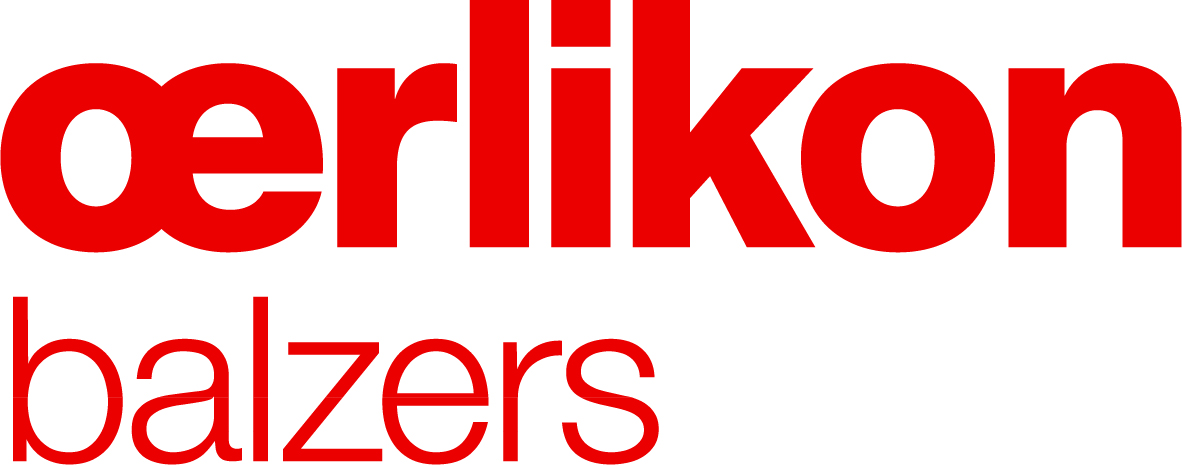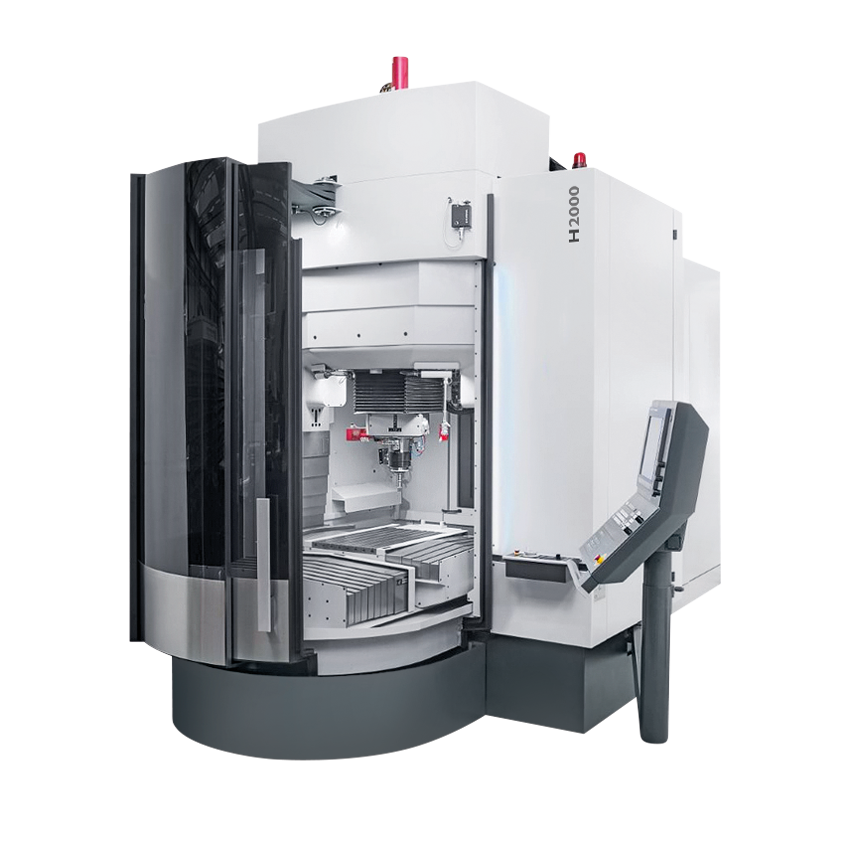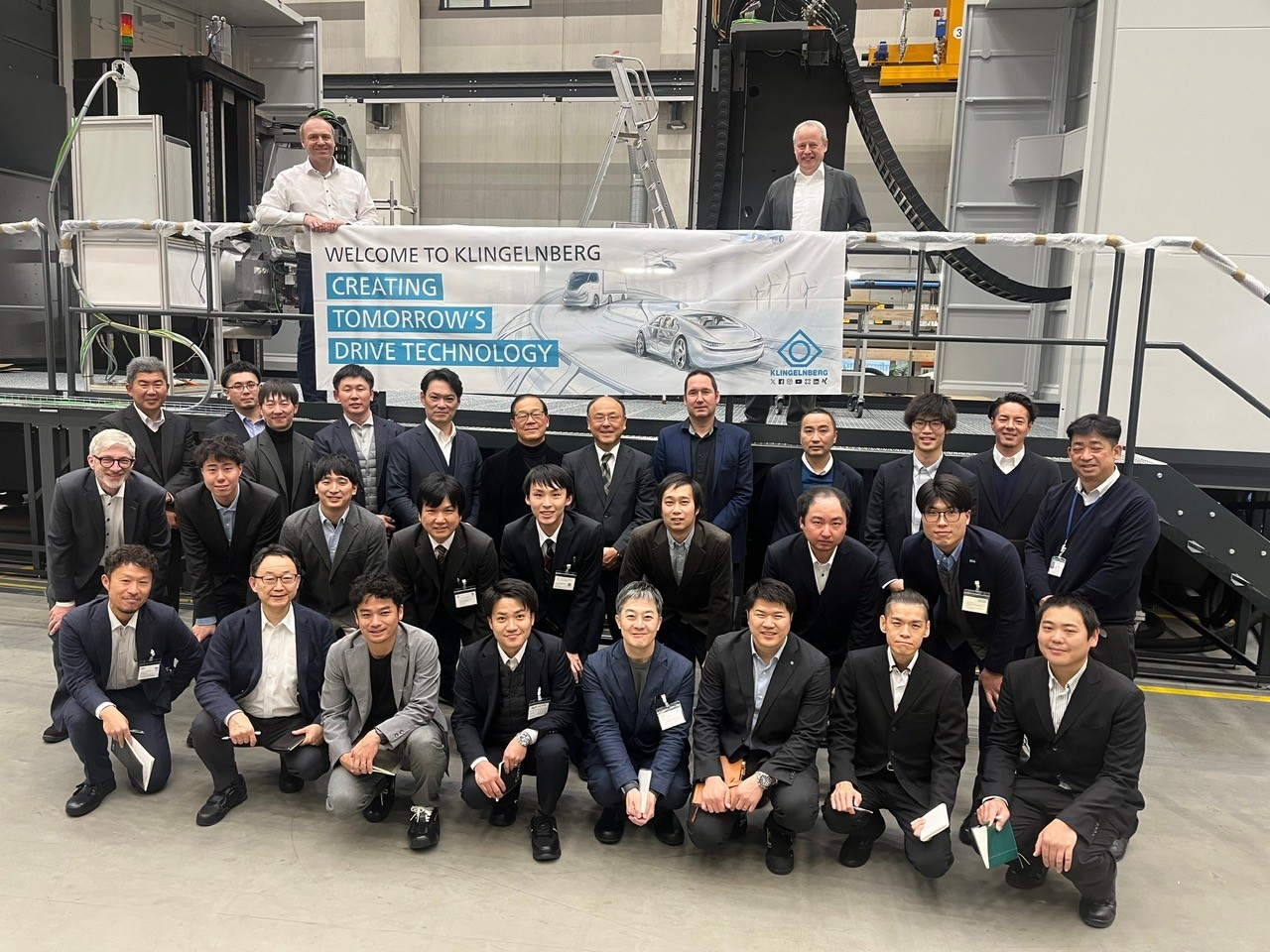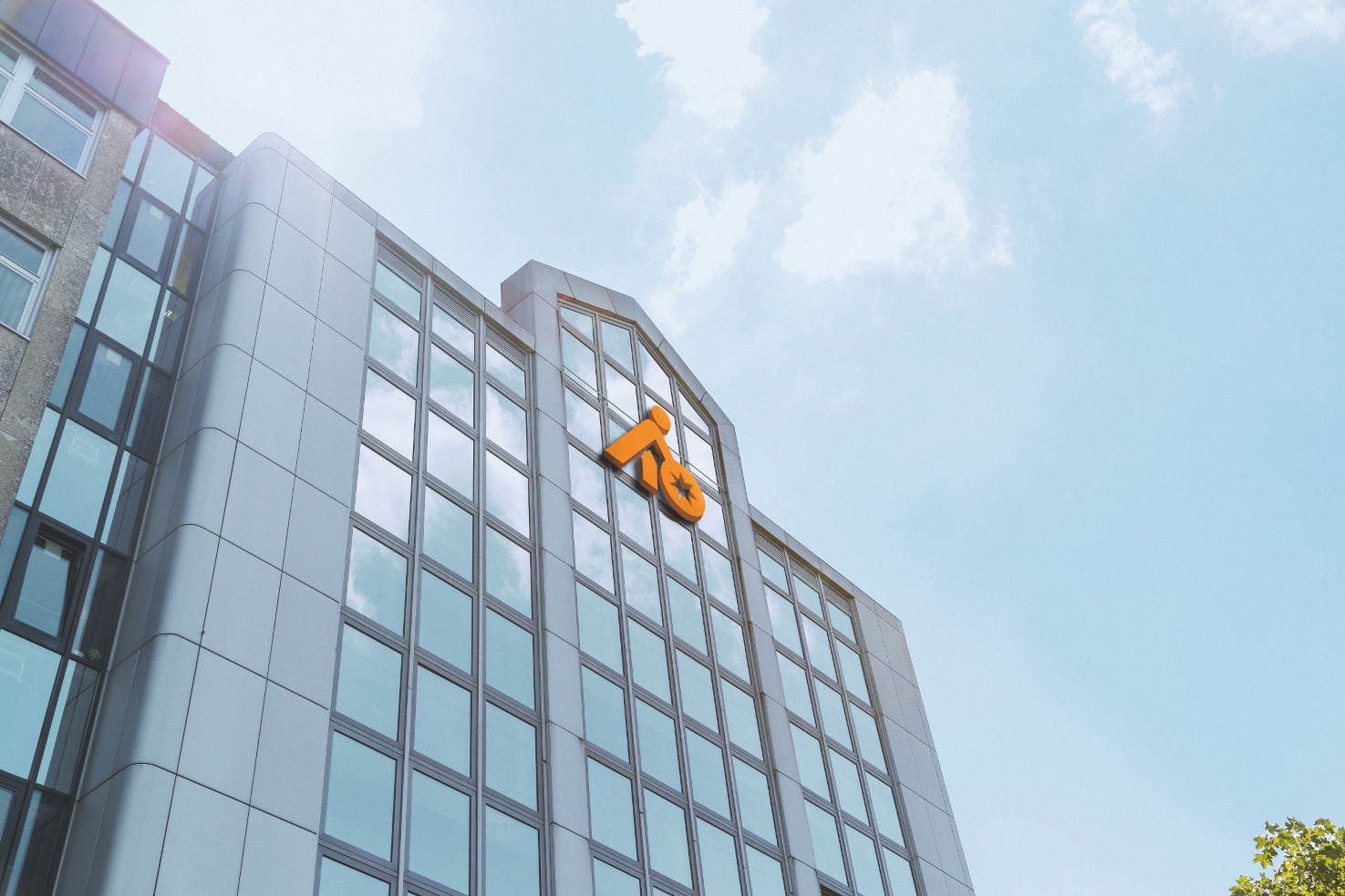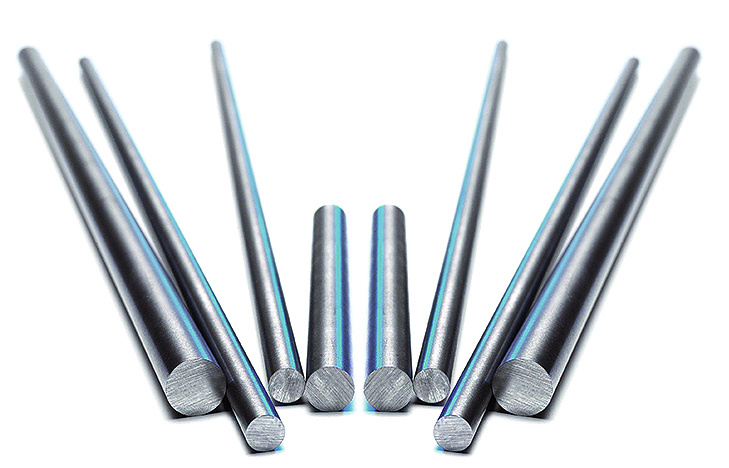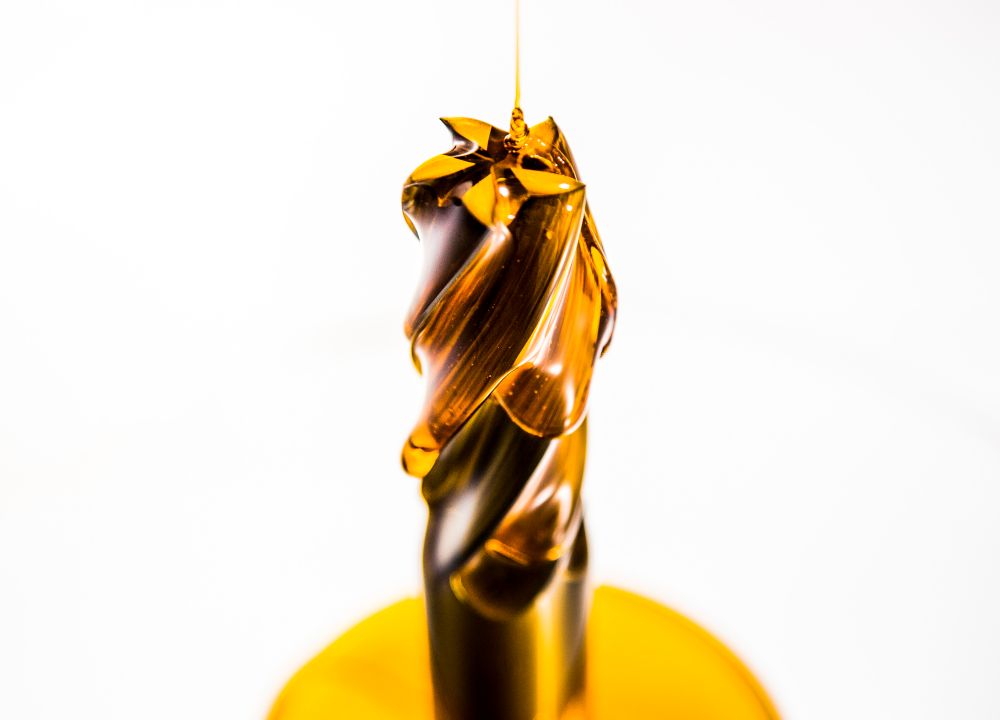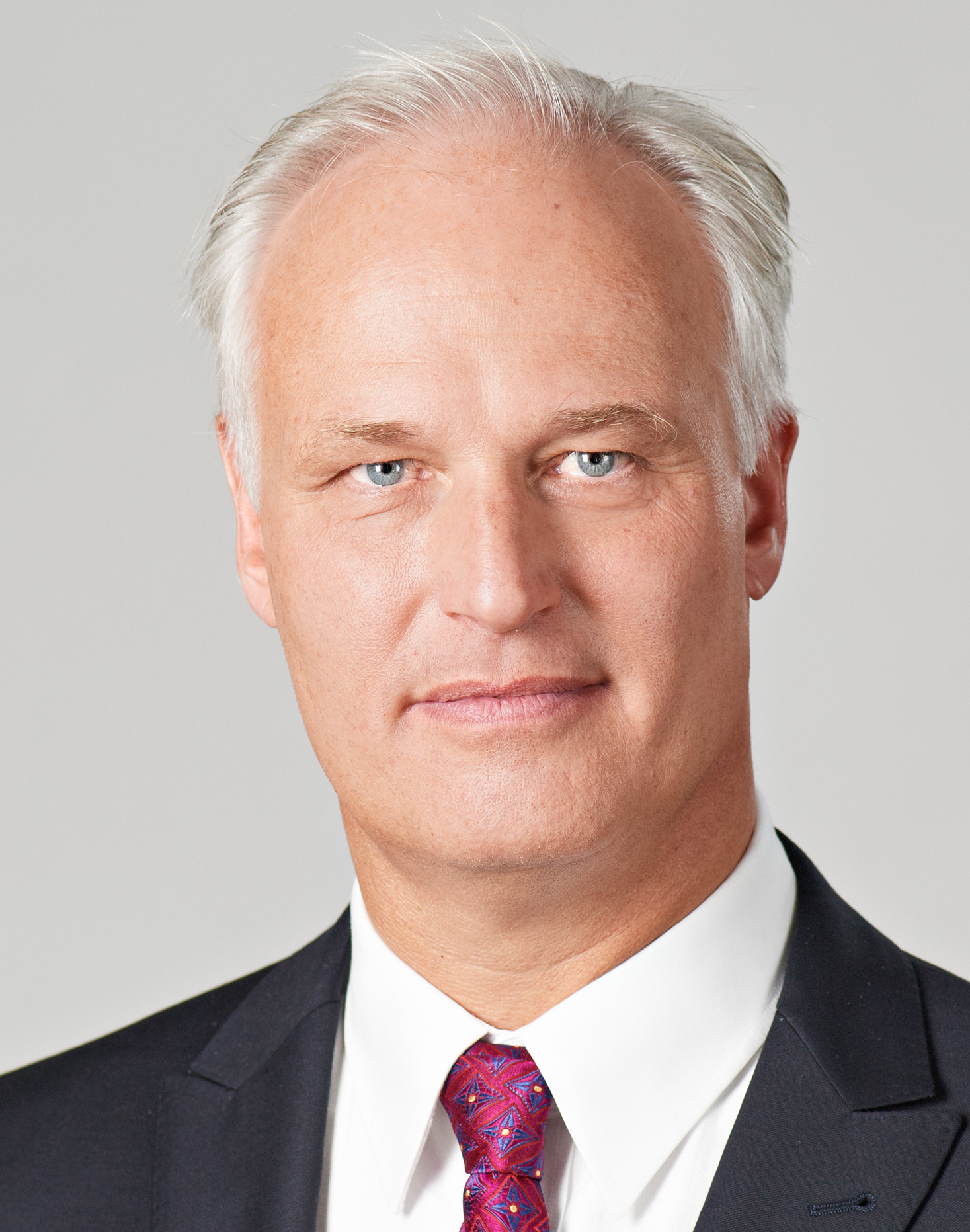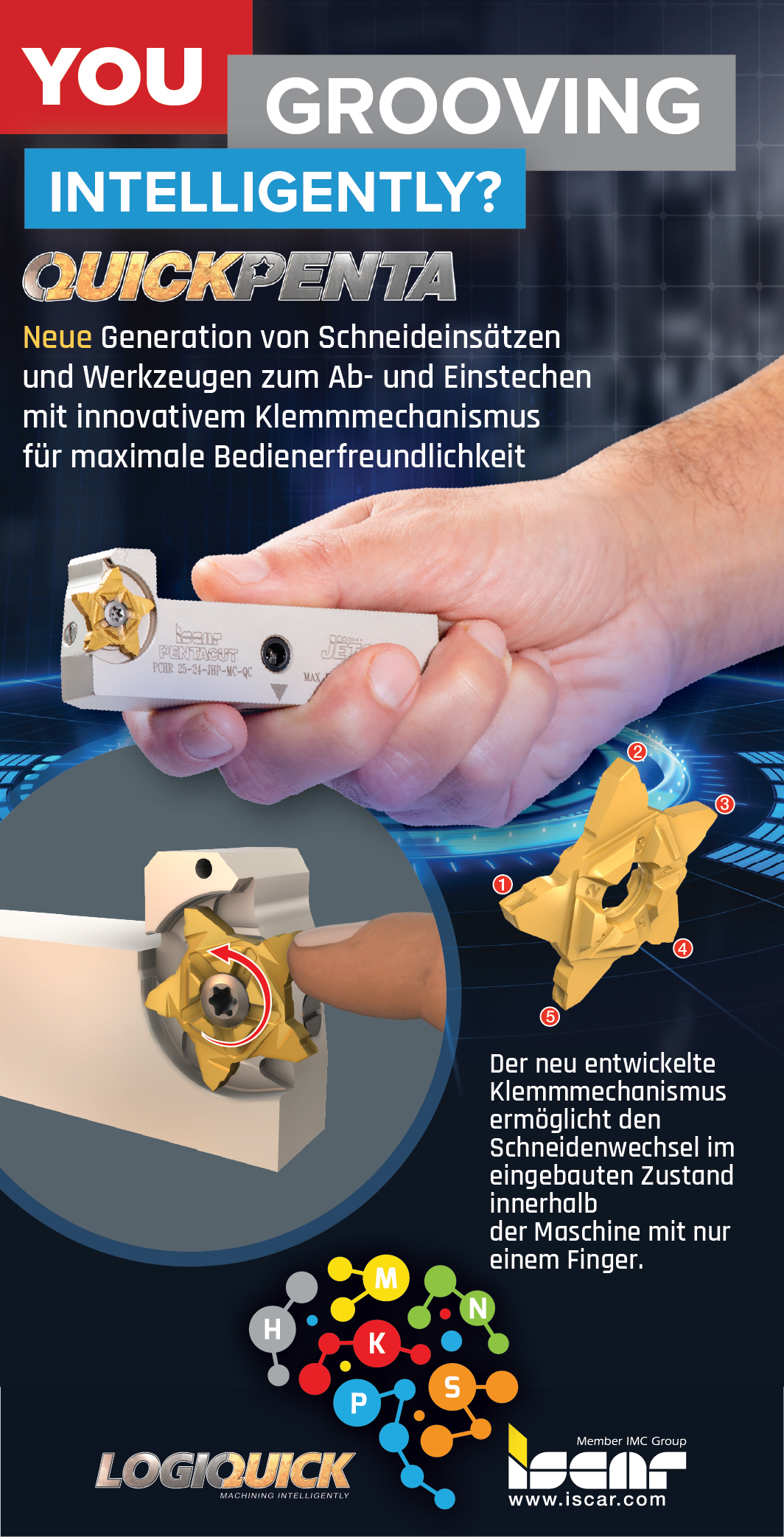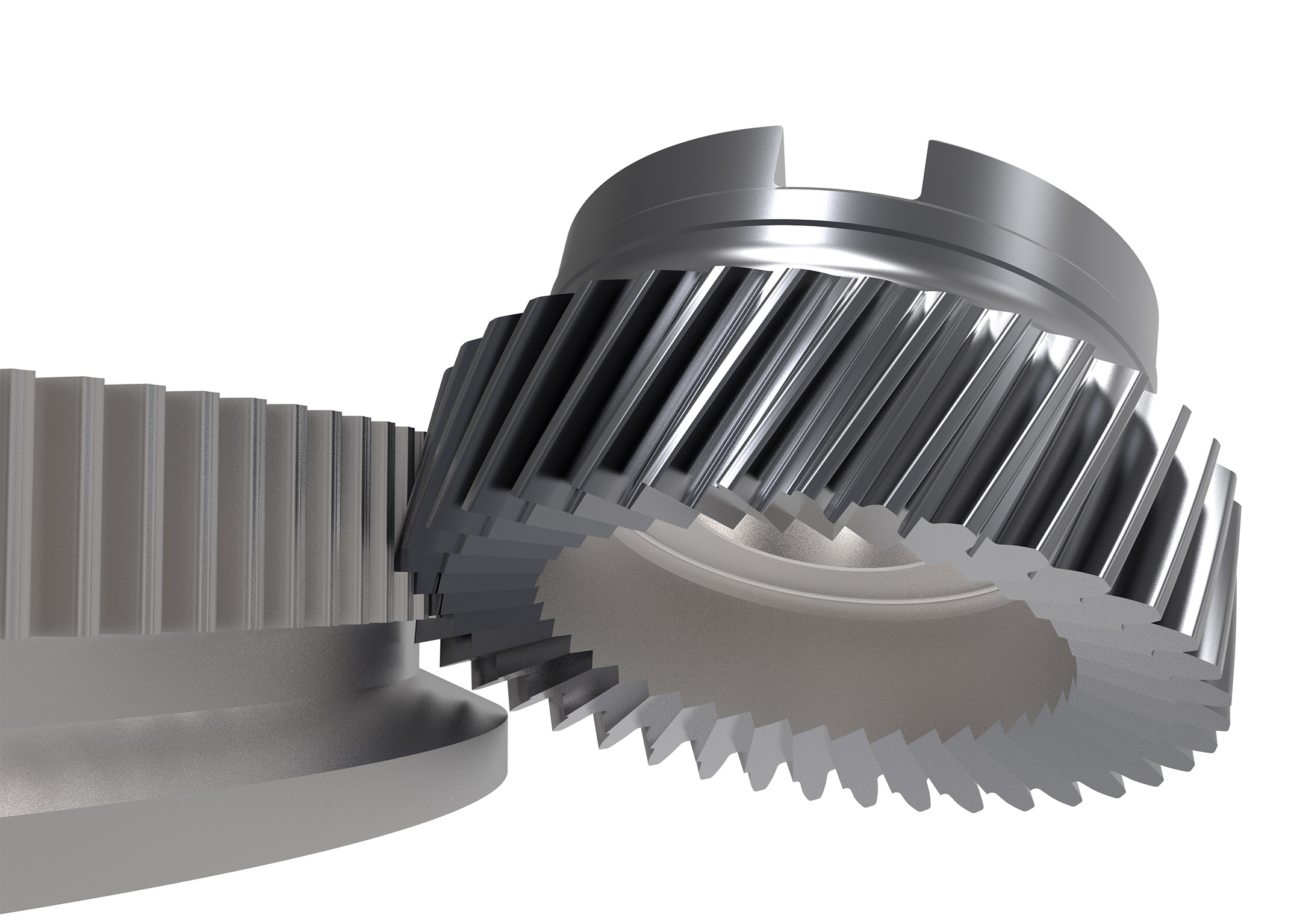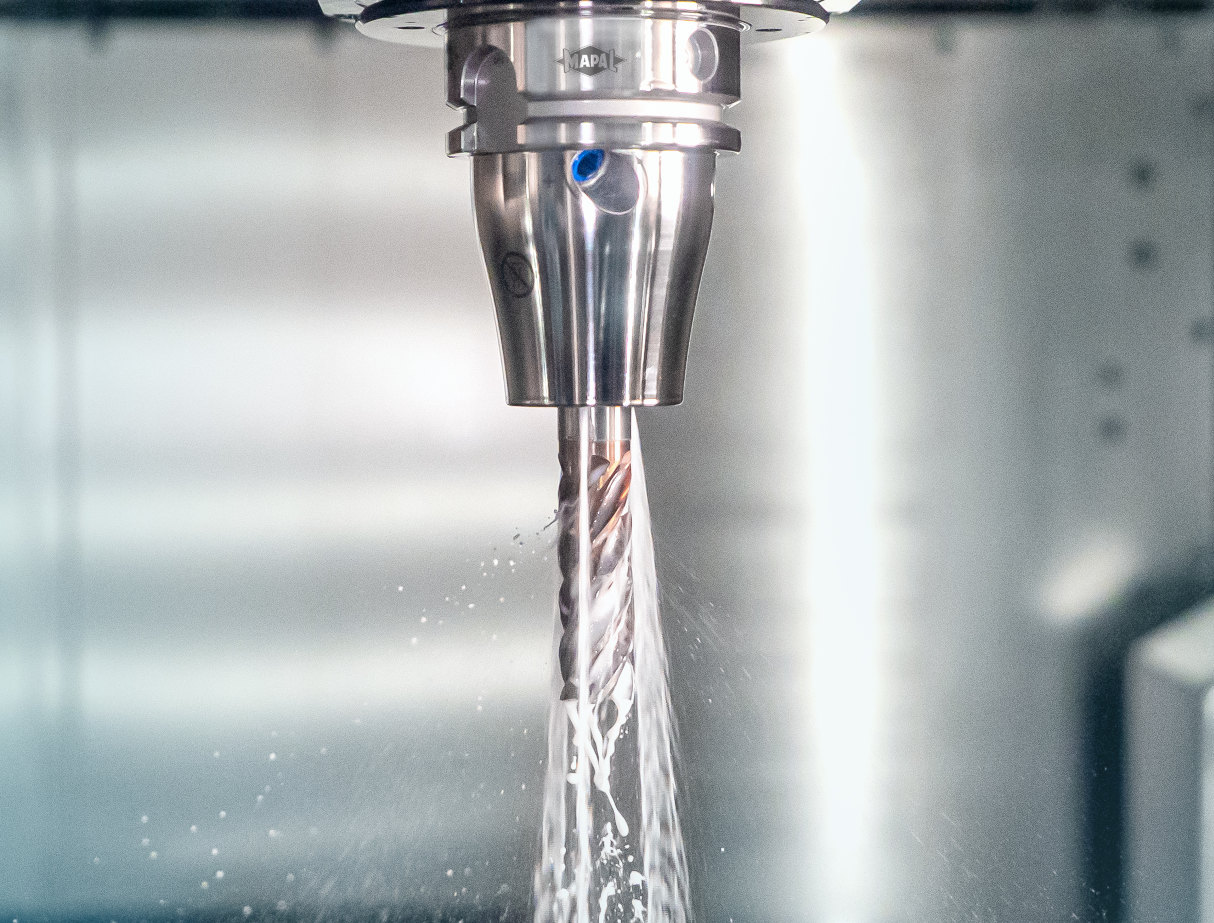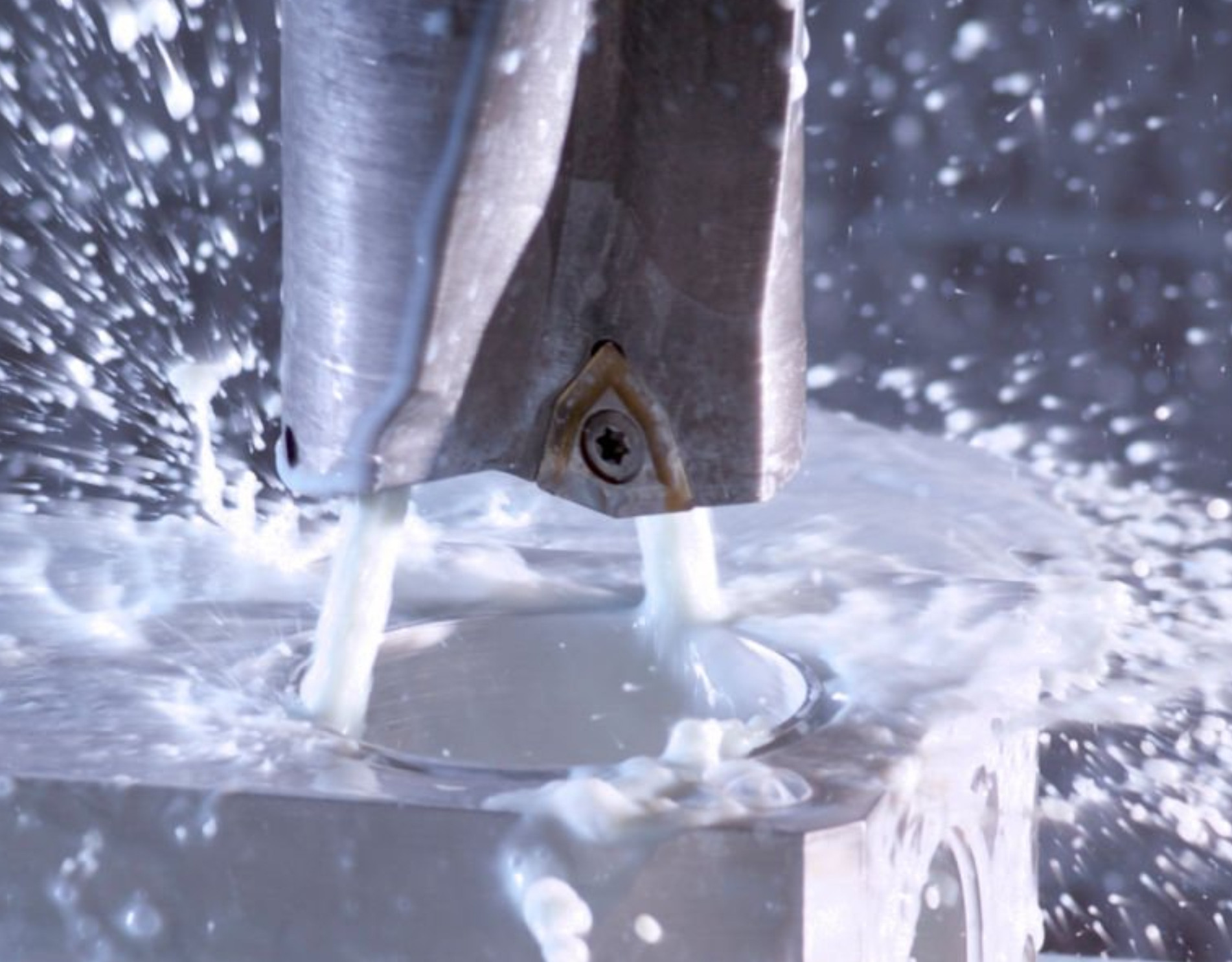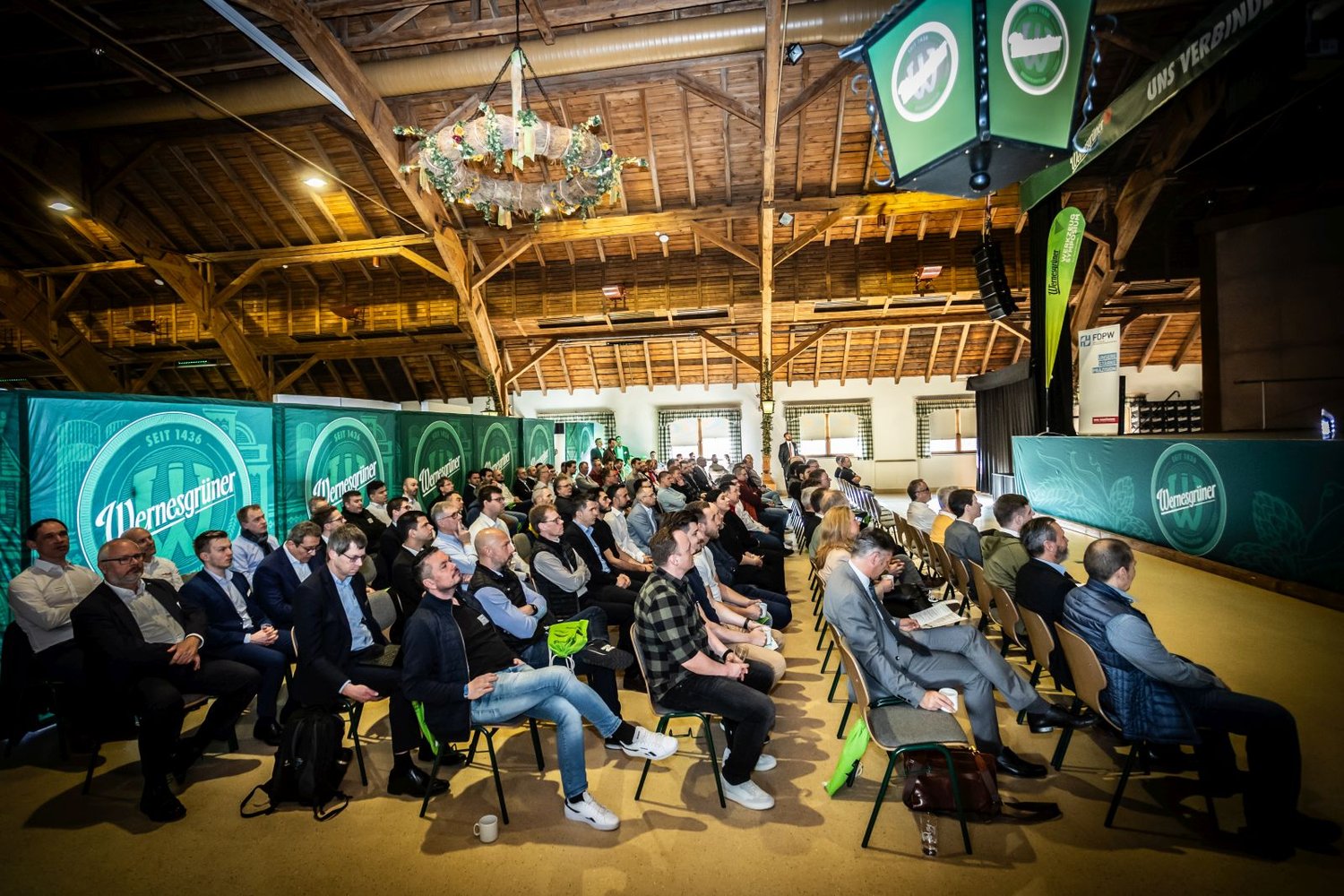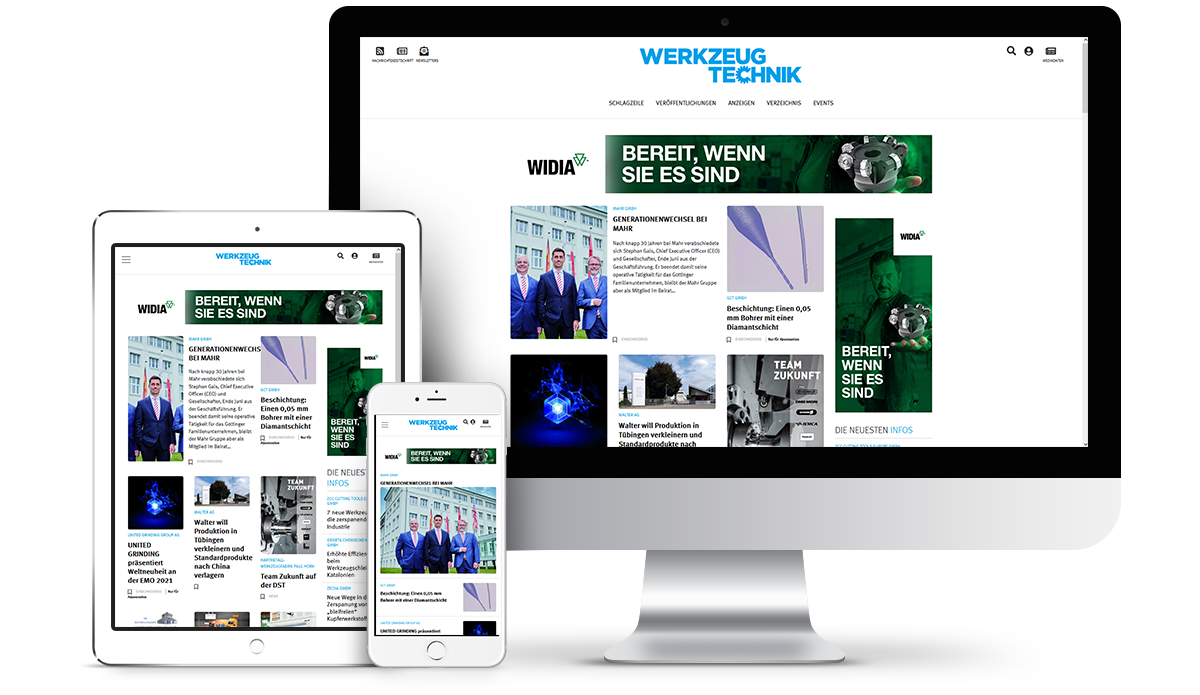Sustainability of PVD coatings in numbers: Increasing productivity – saving resources and energy
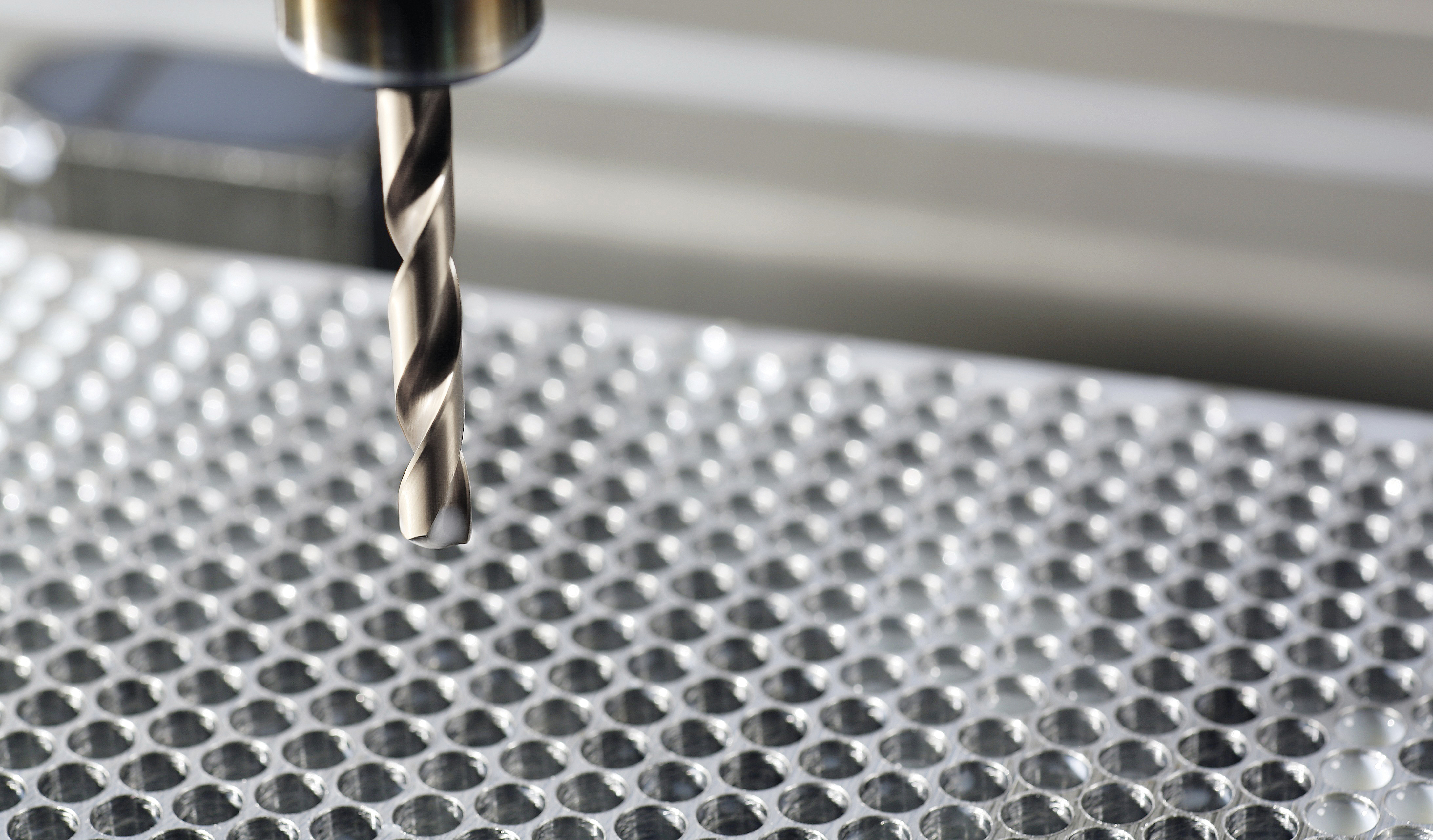
In production, coatings turn tools into endurance athletes, contributing to unprecedented sustainability effects. Improved efficiency, reduced waste, and lower consumption of resources and energy during manufacturing are just some of the apparent benefits. However, the expertise of surface specialists holds even broader advantages.
Coatings reduce friction, wear, and corrosion, resulting in significantly extended tool life and component durability. They serve as prime examples of enhanced resource efficiency and sustainability. With coated machining tools, a significantly higher number of parts can be produced much faster. From an environmental standpoint, producers note decreased resource consumption in tools, lubricants, materials, and energy, contributing to the reduction of CO2 emissions. The increased production quality reduces scrap, waste and material wastage. In some cases, coatings enable dry machining without environmentally harmful lubricants and their energy-intensive reprocessing.
The resulting effects and savings can only be demonstrated through individual case calculations, as tool operating conditions often vary. The tool service life is undoubtedly a crucial factor. For instance, if the PVD (Physical Vapor Deposition) coating BALINIT TISAFLEX by Oerlikon Balzers promises a 14 percent increase in tool lifespan compared to previous benchmark products in machining of Inconel for turbine components, it also implies significant ecological benefits.
160-fold tool life increase with a PVD coating
This is even more evident when comparing the lifetimes of coated and uncoated tools: While an uncoated drill managed only 28 holes, the same tool with the PVD coating BALINIT PERTURA remained operational after over 4,500 drilled holes. This over 160-fold increase in lifespan is associated with extensive sustainability effects, as fewer tools need to be manufactured or reconditioned, resulting in reduced raw materials, waste, energy, transportation, and CO2 emissions. In figures: 13.7 kg of carbide and the equivalent of 75 beech trees, absorbing around 935 kg of CO2 per year, are saved.
In the applied PVD process, wear-resistant coatings are deposited directly onto tools in a vacuum. This is achieved with comparatively low resource and energy expenditure compared to traditional tool manufacturing. Using life cycle assessments, the environmental impact of carbide production can be compared to PVD coating: According to these, resource consumption for PVD coating is only about 10 percent compared to carbide tool manufacturing.
Optimizing coatings for enhanced efficiency
Earlier this year, Oerlikon Balzers introduced the BALINIT ALCRONA EVO coating. Compared to its predecessor, it can further extend tool lifespan by over 30 percent through significant improvements. The optimized wear resistance also reduces the regrinding stock volume when reconditioning, increasing the number of grinding cycles per tool. This not only improves the ecological balance because reconditioning also reduces costs for purchasing new tools by around 23 percent. BALINIT ALCRONA EVO has already proven its worth in a test by a Tier1 supplier in the automotive industry. In dry machining with an HSS hob, it exceeded its predecessor’s lifespan by over 40 percent.
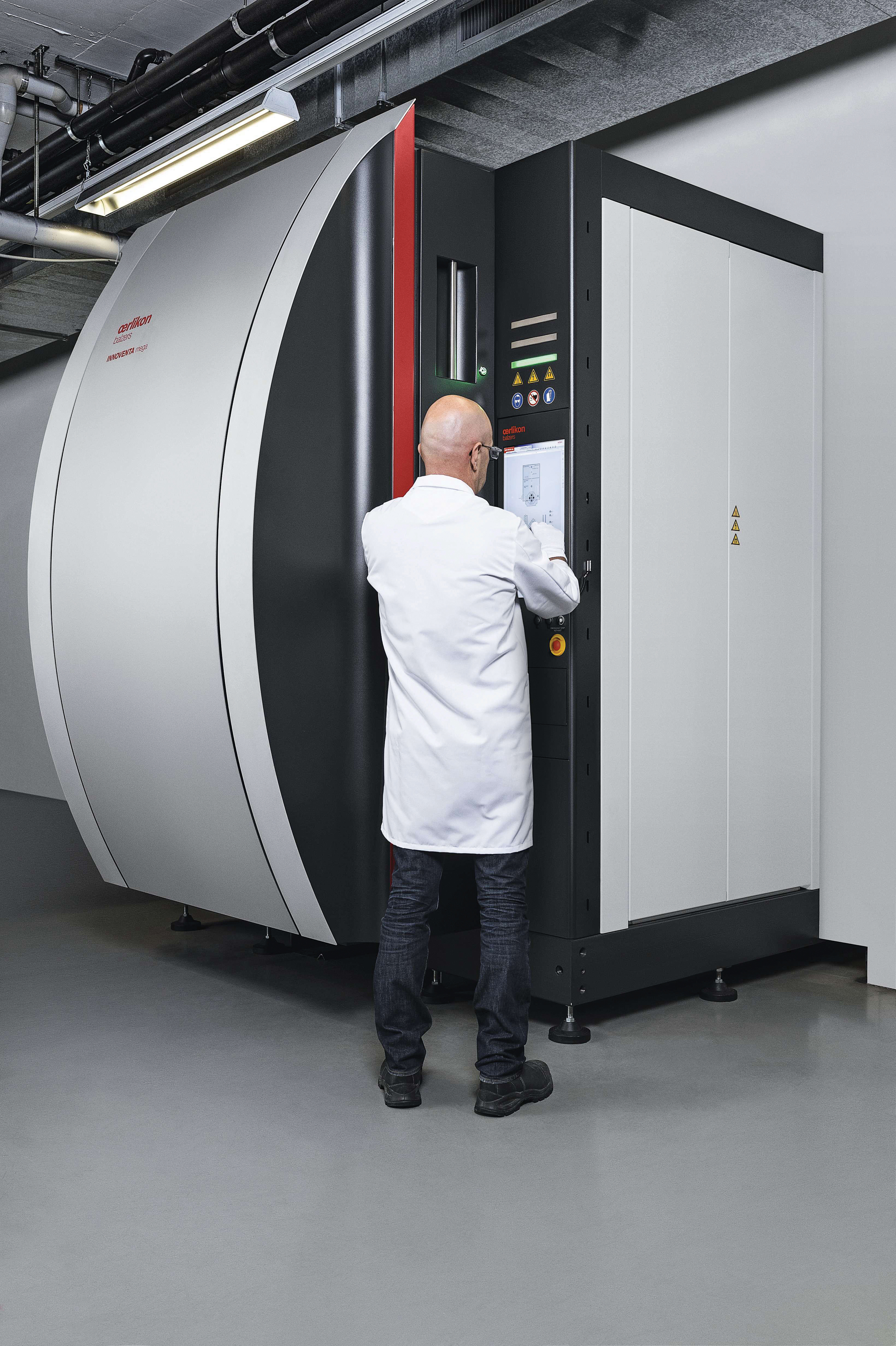
The resource utilization for a PVD coating in modern equipment is only about 10 percent compared to the manufacturing of a new carbide tool. Photo: Oerlikon
Reconditioning instead of disposal
Drills and endmills are not meant for one-time use; they are durable tools capable of being reconditioned multiple times, thus contributing to sustainability and resource conservation. As an example, consider a carbide drill weighing 70 grams: Assuming three reconditioning cycles, 210 grams of raw material are already saved. Scaled up to a quantity of 1 million drills and endmills per year, this results in a significant saving of 210 tons of raw material.
The saved energy for producing the blanks is already approximately 3 million kWh. Based on the same data, reconditioning alone can save about 3.1 million kWh – enough to power approximately 800 single-family homes (four-person households) for a year. This also leads to a reduction in CO2 emissions by more than 1,300 tons over the same period.
Another positive aspect of regrinding and recoating is its cost-effectiveness, which saves customers significant expenses on new tools. Oerlikon Balzers offers this comprehensive service at numerous customer centers worldwide. This efficient approach reduces logistical complexity, further contributes to reducing CO2 emissions, shortens delivery times, and ensures that tools are quickly ready for use again – nearly achieving the performance of a new tool.
Among the top 15 in sustainability: MSCI awards AAA rating to Oerlikon
At a time when environmental, social and governance (ESG) factors are increasingly important to investors worldwide, Oerlikon has established itself as a leader in its industry. By developing sustainable solutions in all areas of the company, Oerlikon received the AAA rating from MSCI earlier this year, placing it in the top 15 percent of industrial machinery companies with the highest sustainability ratings. This recognition not only underscores Oerlikon’s commitment to a more sustainable future, but also positions the company as a leader in managing key ESG risks and opportunities.

The PVD coating BALINIT TISAFLEX by Oerlikon Balzers increases tool life by 14 percent compared to previous benchmark products in machining of Inconel, thereby creating significant ecological benefits. Photo: Oerlikon
